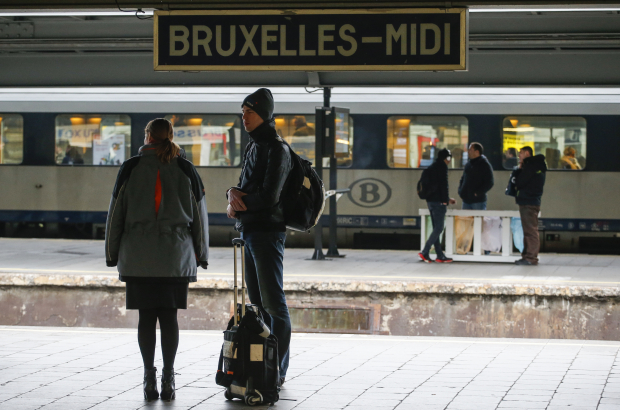- Daily & Weekly newsletters
- Buy & download The Bulletin
- Comment on our articles
SNCB’s punctuality figures ‘do not reflect reality’, say consumer groups
According to consumer organisation Test-Achats and transport watchdog TreinTramBus, SNCB’s claim that 92% of trains run on time is inaccurate. The methods that the rail authority use, said the organisations, give better results that the reality of the situation.
The two groups spent a year carrying out their own investigation into the punctuality of train traffic because SNCB’s figures, said Kees Smilde of TreinTramBus, “did not reflect the experience of commuters”.
In the end, they calculated wholly different figurers. Trains on the Hasselt-Brussels line were only on time 58% of the time, for example, while the Namur-Brussels line only arrived about one-third of the time according to schedule.
The reason that SNCB’s own figures are so much better is because of how they are calculated, said Smilde. For instance, if the Liege-Ostend line pulls into Ostend less than six minutes late, it is considered on time. “But it’s often later than six minutes when it pulls into Brussels and makes up the time between Brussels and Ostend,” explains Simon November of Test-Achats. “The result is that it’s not considered late. But the many travellers arriving in Brussels have indeed arrived late.”
Tunnel vision
SNCB also reports whether a train is arriving on time in Brussels or not according to the first station in which it stops. But, said November, trains are often delayed in the tunnel between South and North stations, so those delays, though calculated by SNCB, are not part of the monthly reports released to passengers and media.
An SNCB spokesperson told De Morgen that their calculations methods are carried out according to an agreement with the federal government. “Up to now, SNCB has refused to work together with us,” said Smilde. “We hope to turn that around.”



















